
Elana
Producer
Project Manager
Leadership


Multi-Dimensional Works of Art with a Multi-Dimensional Artist
After completing my studies in industrial and product design, it was challenging to find suitable employment in my home country. I was also attempting to develop my skill set and coming more and more into 3D at the same time. At that time, I received a side job designing some interiors, and I immediately fell in love with the process. After that, I focused more on creating architectural visualizations that were as photorealistic as possible. After working at Archviz for eight years, I was seeking fresh career challenges. During COVID times, I began something new that had been intriguing to me for many years but that I had never had the guts to begin learning. So here I am in the world of concept art.
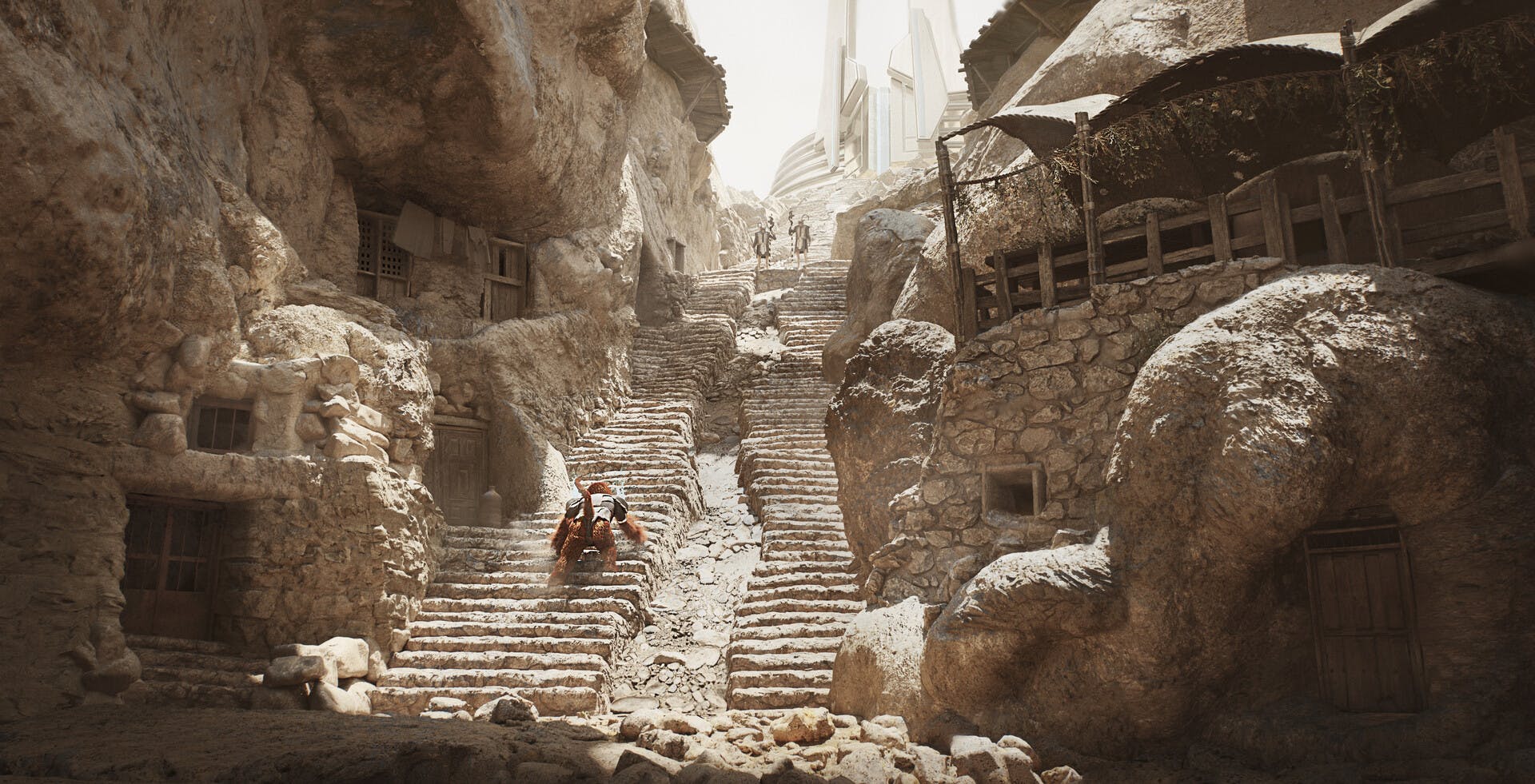
I had been working on my portfolio for about two years when, out of the blue, I received an email from an art director from a production company asking if I would be interested in working with them. The opportunity presented itself as my inaugural professional endeavor, involving the production of a horror film called "True Haunting" under the directorship of Gary Fleder.
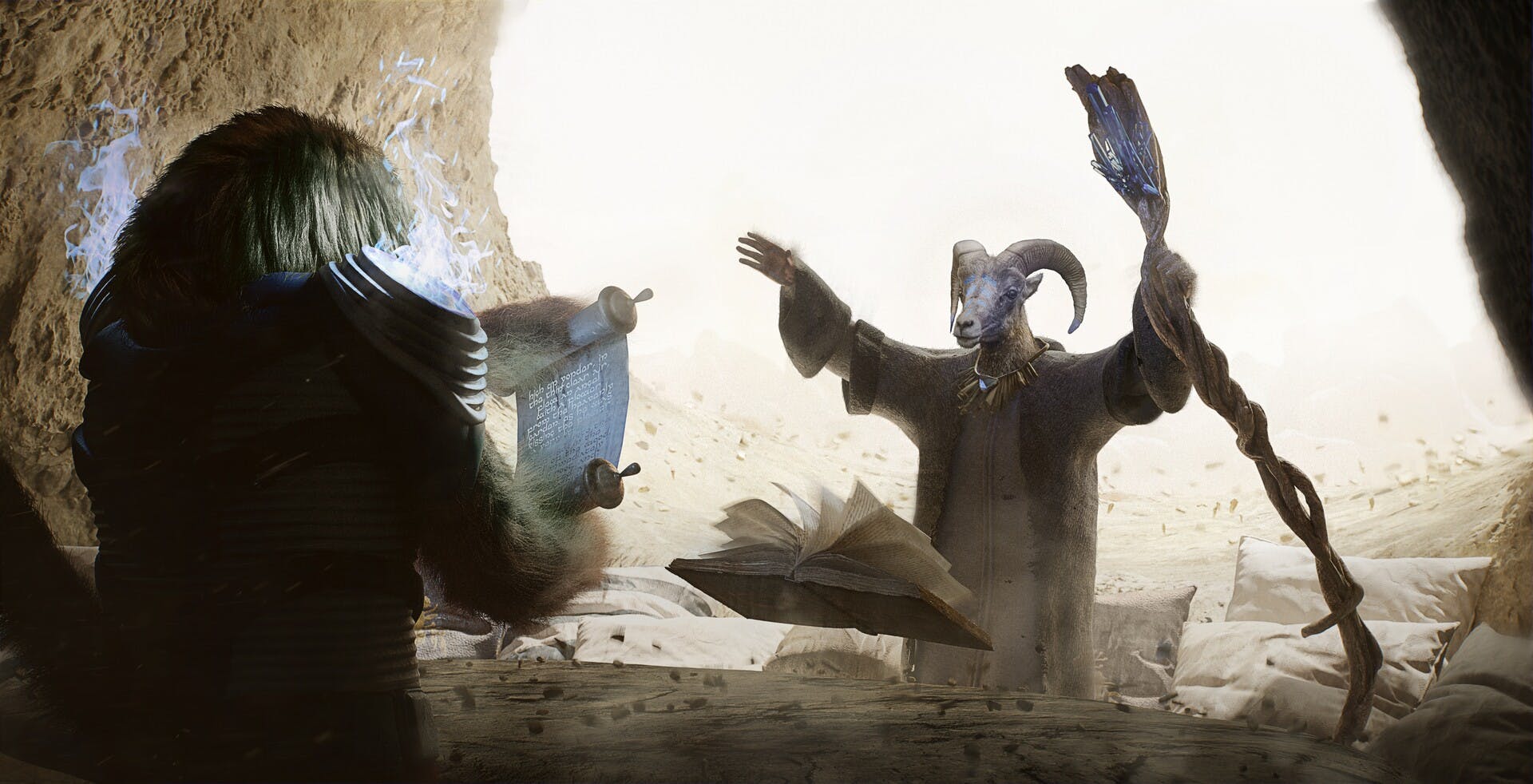
I tend to watch movies and listen to darker music; those kinds of emotions and atmospheres move and inspire me more, so I channel them through my work. I find a wider range of possibilities for shaping the scene in dark values, especially in terms of light sources and types.
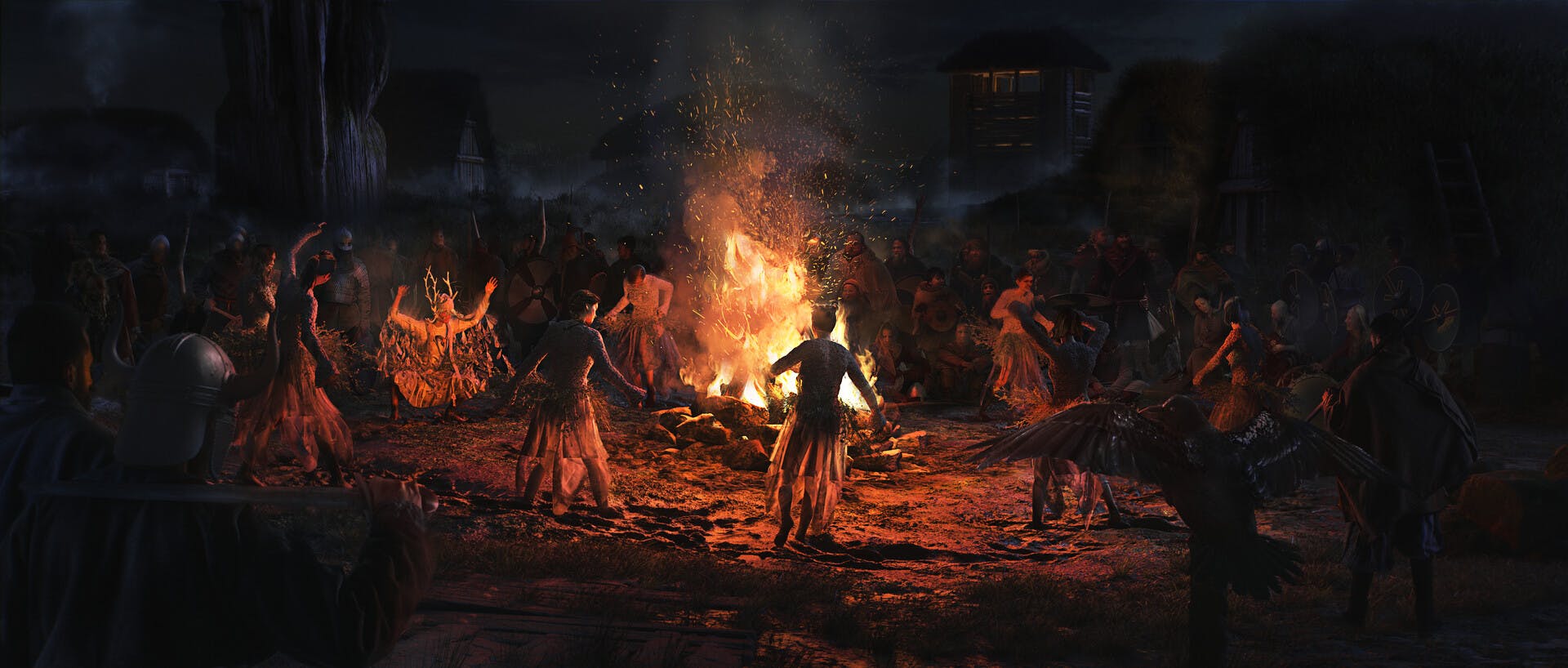
Inevitably, I am very lucky to have had many different educational experiences in my life that I can combine with quality into one piece of art. By drawing upon various technical disciplines from complementary fields, I can craft intricate and multi-dimensional works of art.
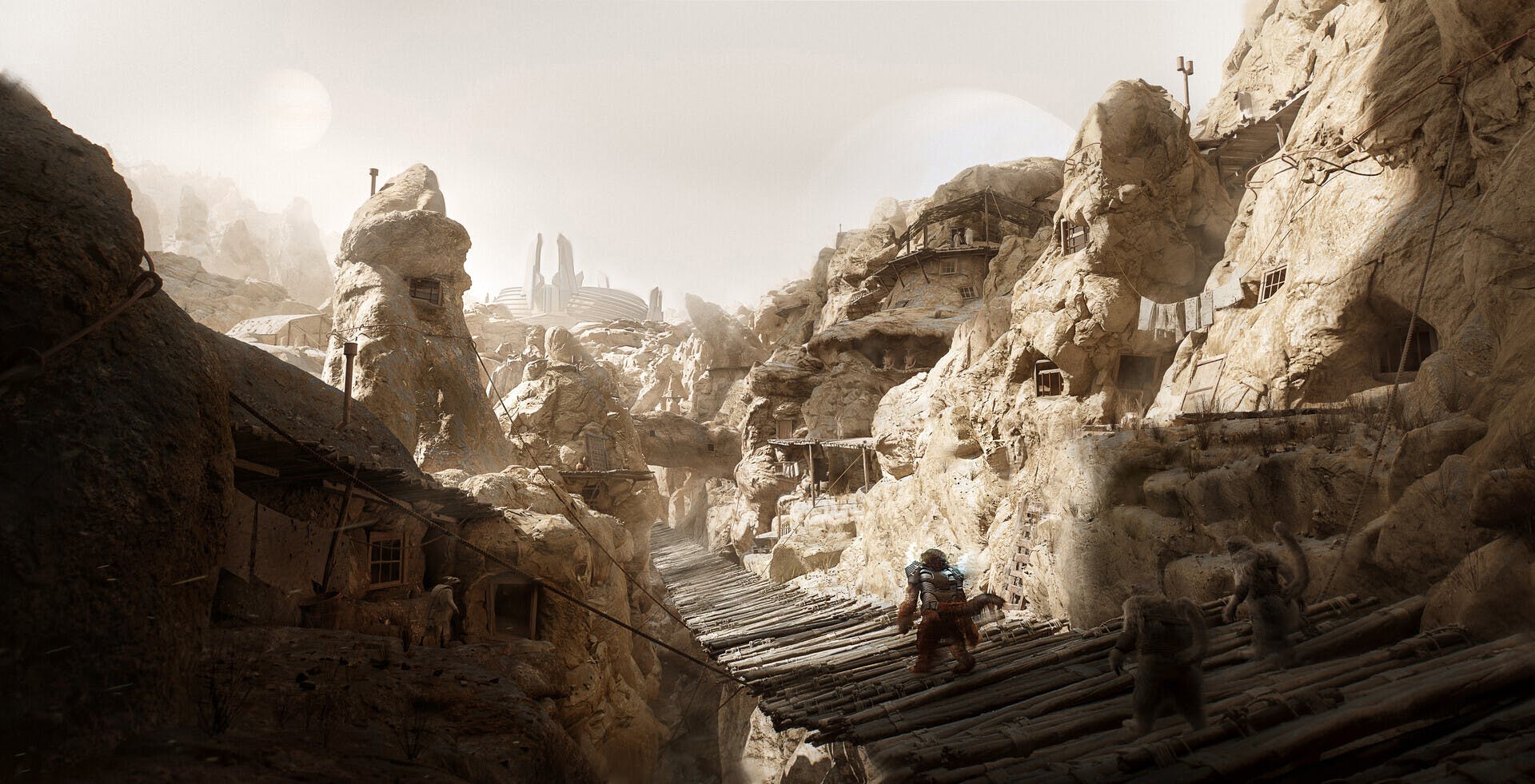
Every great project is followed by a great story so I always tend to tell it through visual language.
I have a wide range of interests in various areas of life: history, sociology, biology, technology, etc... which influences my way of thinking, and I channel those current fascinations through my works.
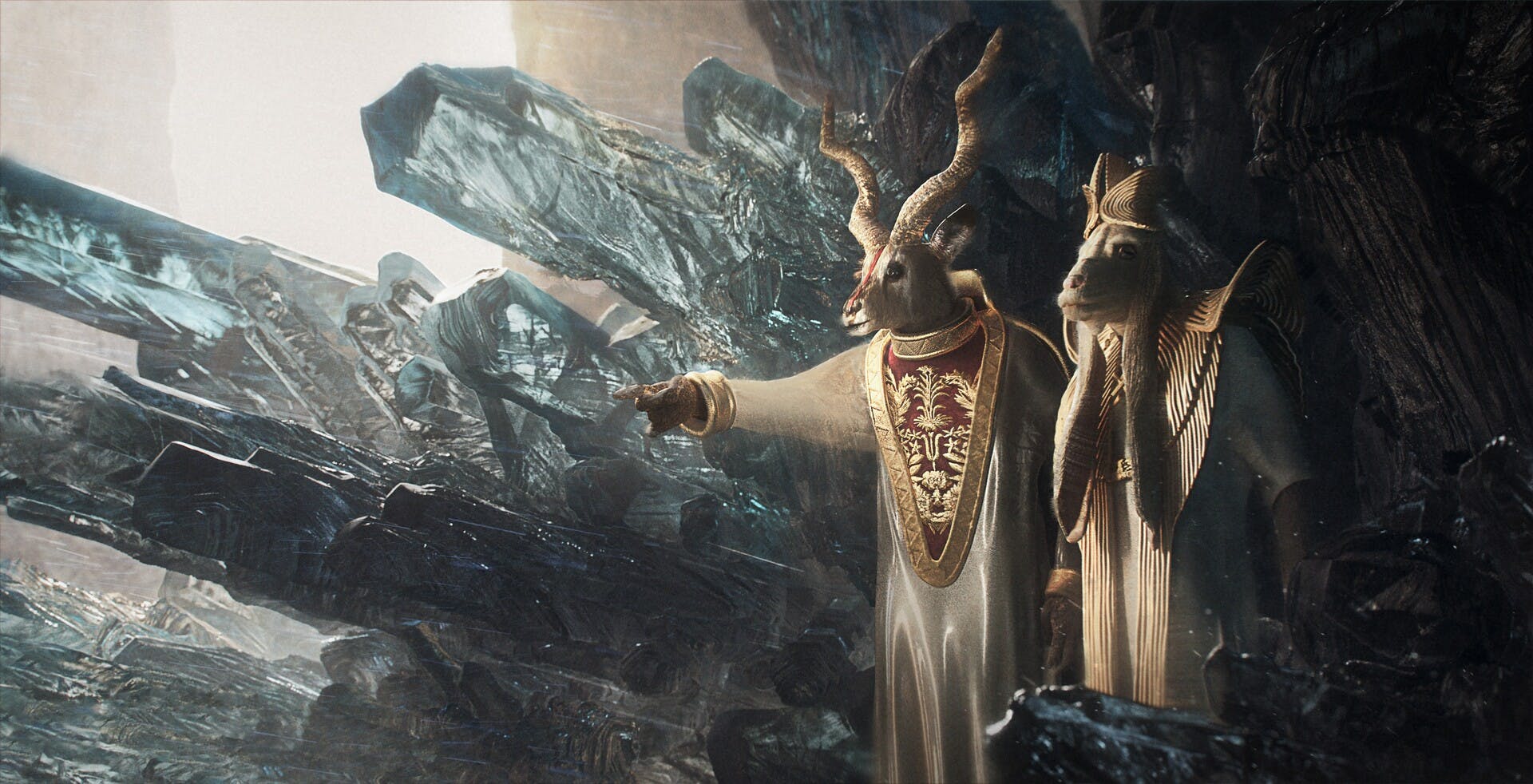
From the very beginning of working on a project, I have a clear picture of what I want to achieve in the different layers of the image. I constantly keep in mind the atmosphere that I want to achieve, I stay consistent with the storyline, and I take into account the balance of all volumes in the scene. Contrast within the work is very important to me, whether it is in colors, light, texture, or in terms of concepts.
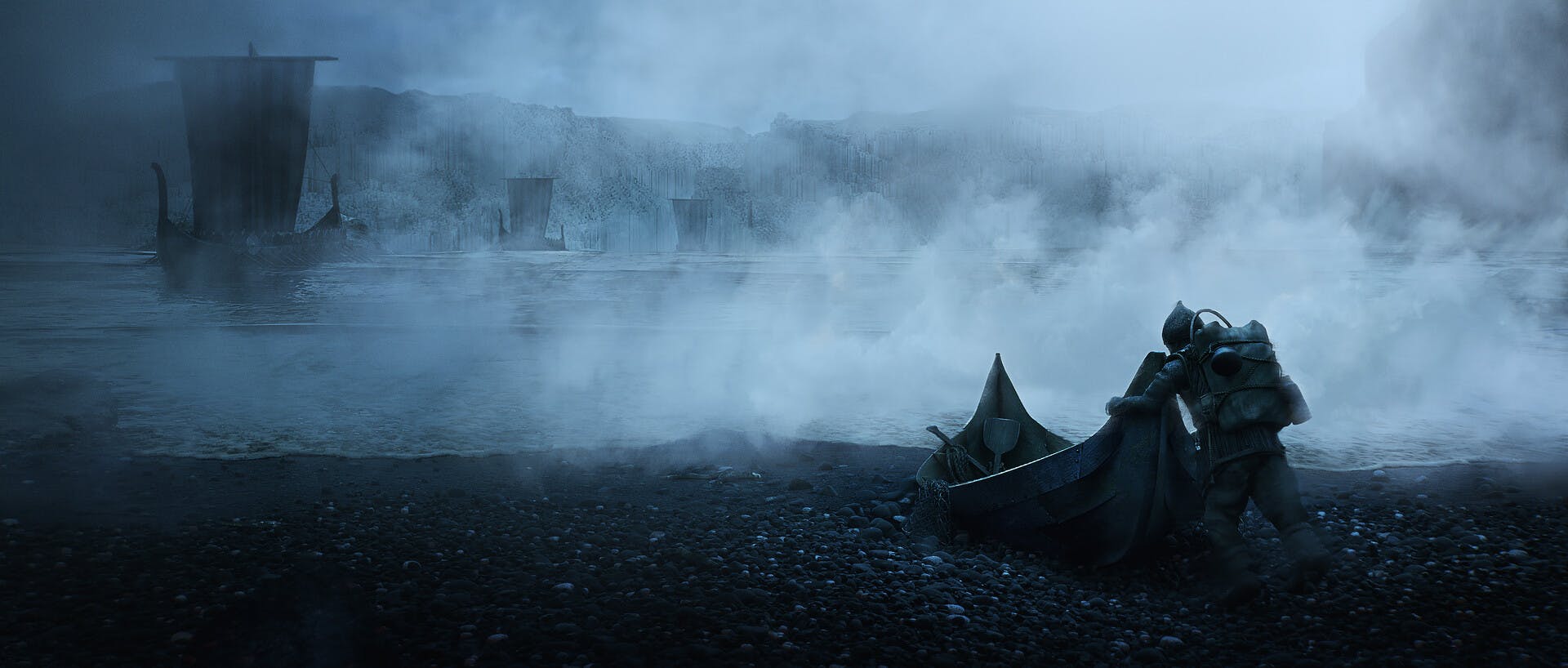
Each segment of the work has its charms. The creation of the theme itself has the greatest creative potential, but each subsequent stage has its own compelling features. For me, the hardest thing is waiting until the work morphs into its final form.
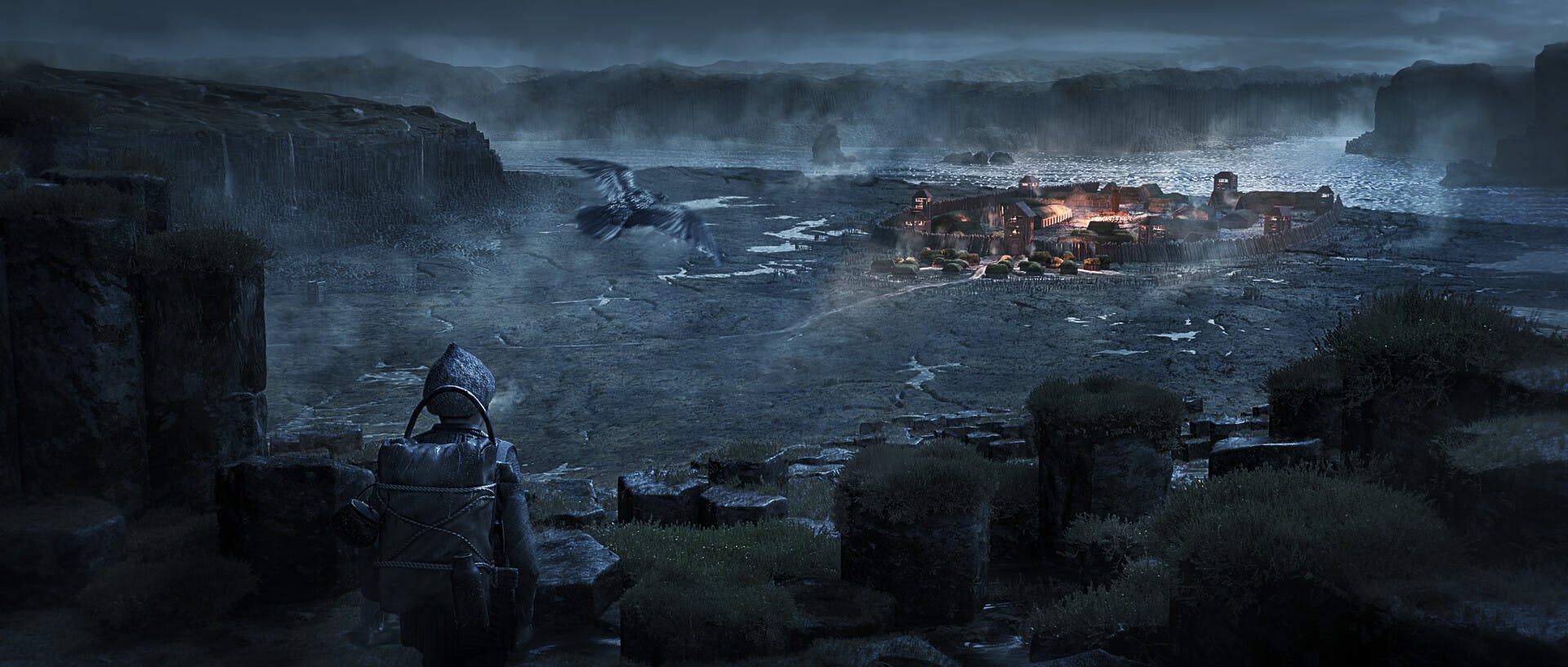
For my projects, I use digital media such as 3D software and programs for digital drawing and photo editing. I am always looking forward to experimenting with new software; next in line would be Unreal Engine, as it has incredible potential.
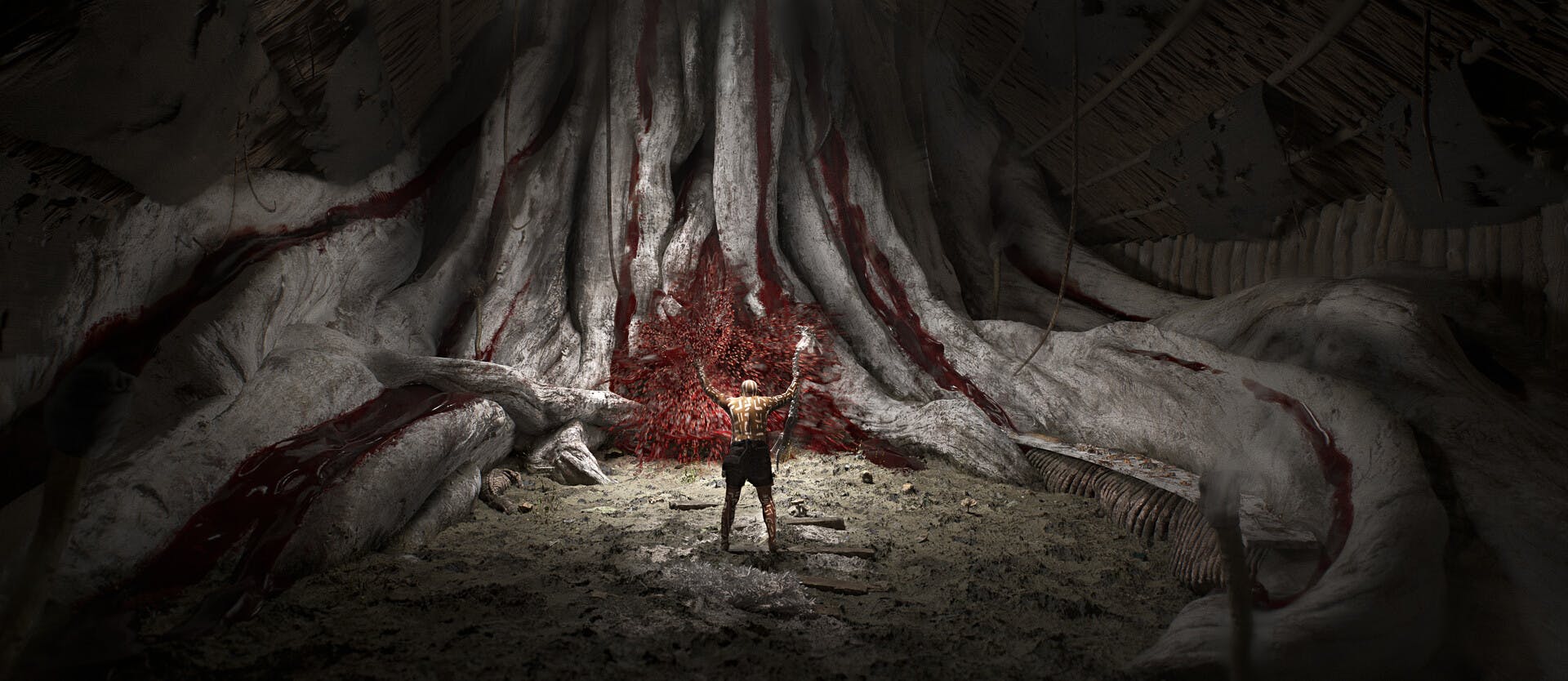
In terms of monetized work, it is best to direct your learning to a specific niche of concept art until you master it. For comprehensive work within the field, the artist must understand and be interested in all the other branches.
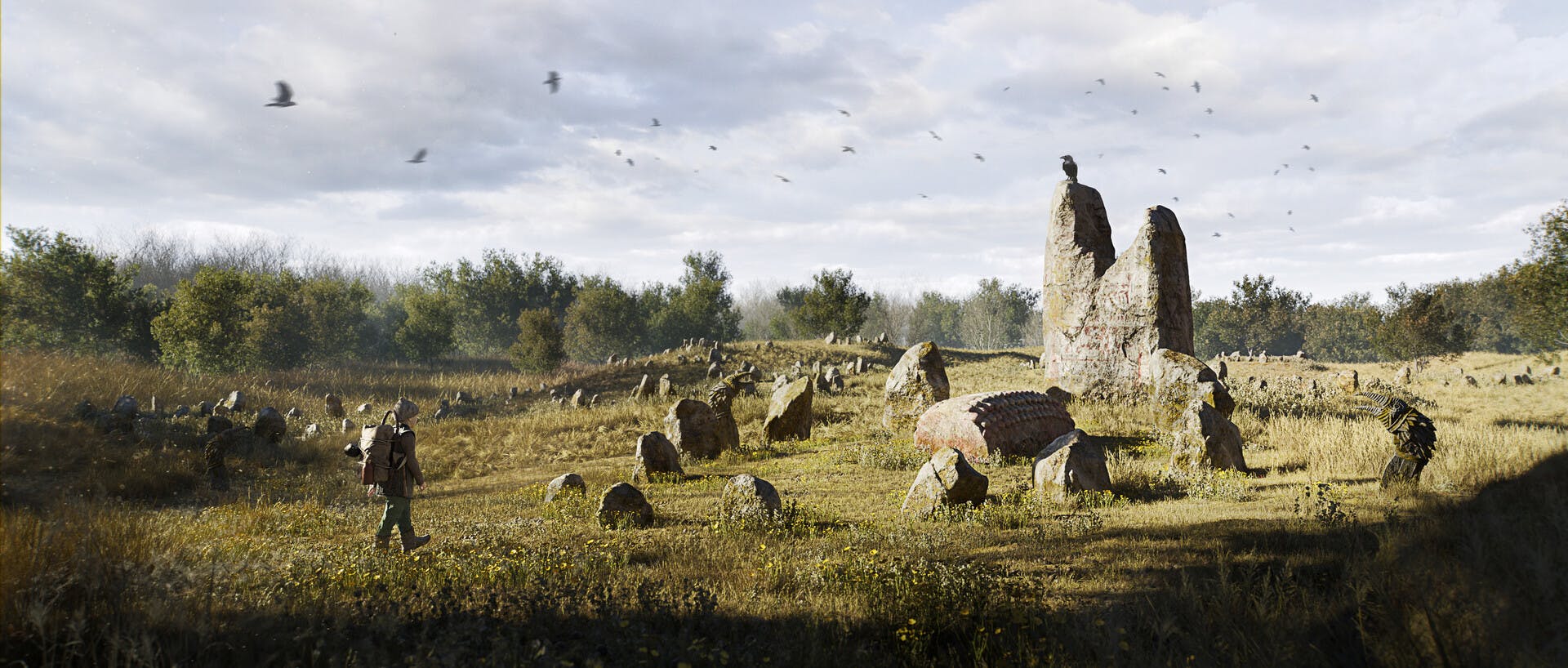
If you are lucky enough to have strong dedication and imagination, age is not an obstacle. I started working in the concept art field at the age of 30, and for me, it was just the right time.











